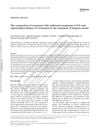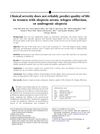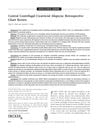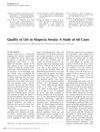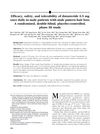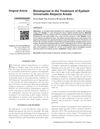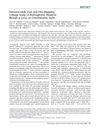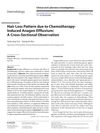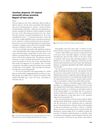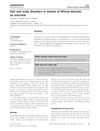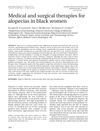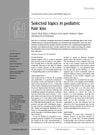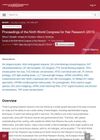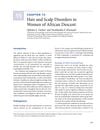Nonscarring Alopecias: Overview and Treatment
July 2012
in “
Springer eBooks
”
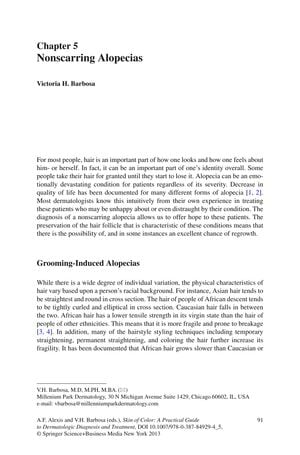
TLDR The document concludes that proper diagnosis and treatment of nonscarring alopecias can improve quality of life and hair regrowth is possible as the hair follicle remains intact.
The document from 2012 provides an overview of nonscarring alopecias, which are hair loss conditions where the hair follicle remains intact, allowing potential hair regrowth. It underscores the emotional impact of hair loss and the significance of hair in personal identity, especially among African Americans who invest heavily in hair care. The text details how hair characteristics vary by race, with African hair being more fragile and slower-growing. It discusses hair care practices and their effects on hair health, including the use of relaxers and styling techniques. The document describes specific conditions like relaxer-induced alopecia, traction alopecia, and androgenetic alopecia, and offers treatment suggestions such as using mild relaxers, avoiding tight hairstyles, and medications like minoxidil and finasteride. Additionally, it covers other alopecia types like Telogen Effluvium, Anagen Effluvium, Alopecia Areata, Trichotillomania, and Alopecia Syphilitica, highlighting the importance of accurate diagnosis and treatment to enhance patient quality of life.
